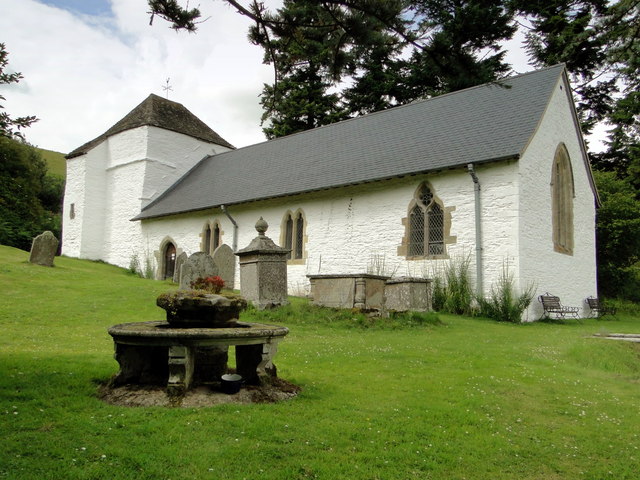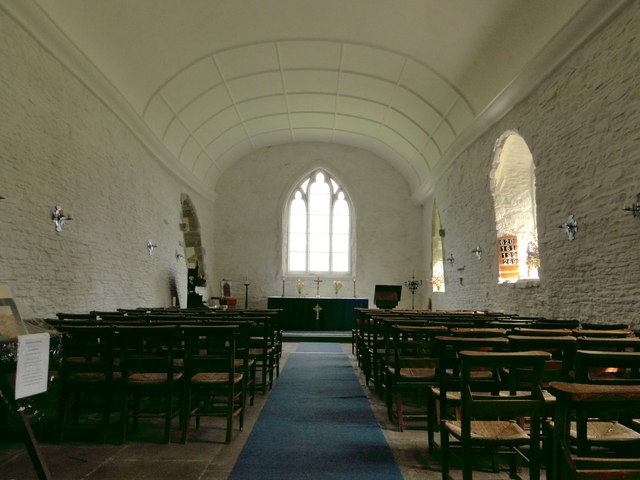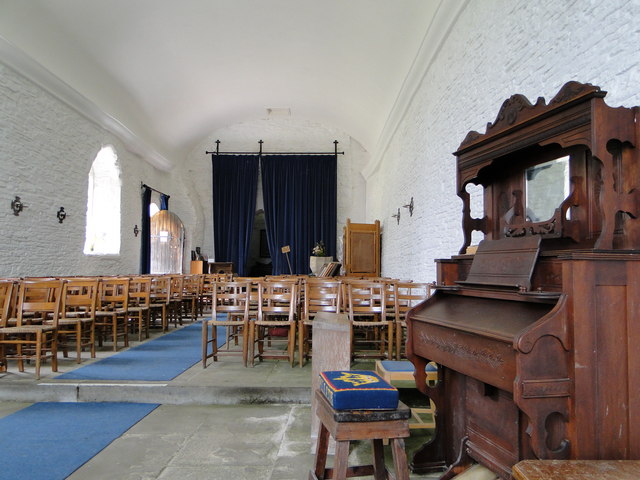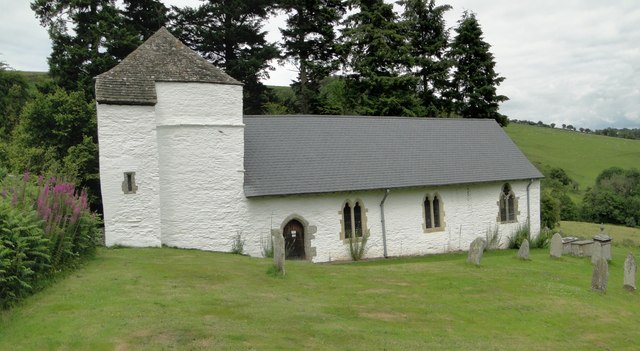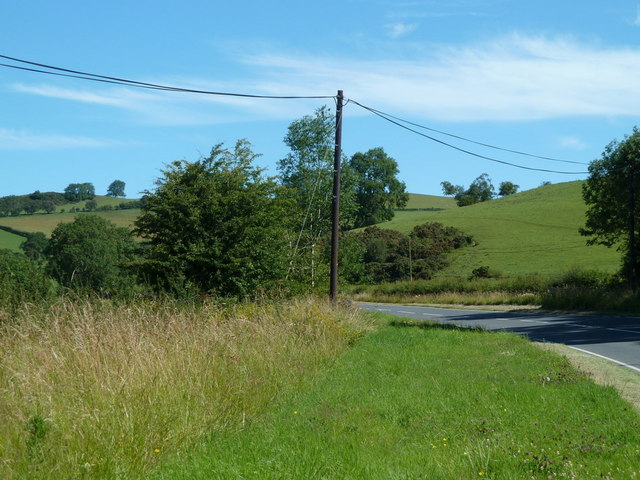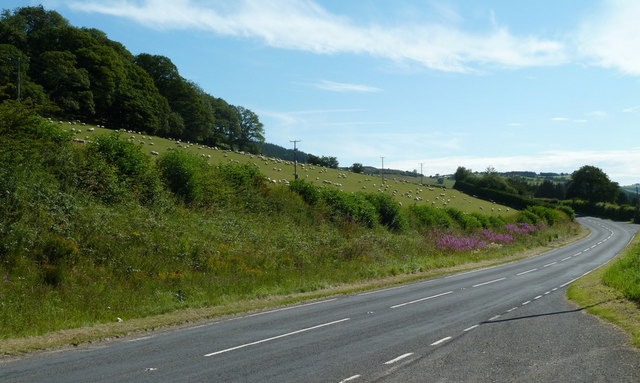Forest View Wood
Wood, Forest in Radnorshire
Wales
Forest View Wood
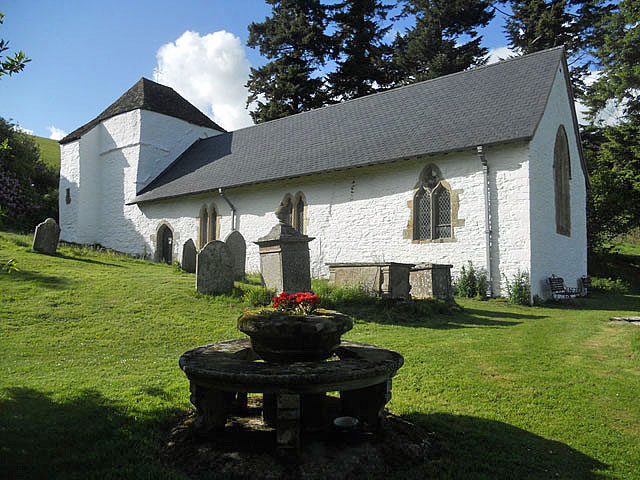
Forest View Wood in Radnorshire is a picturesque woodland located in the heart of the Welsh countryside. Covering an area of approximately 20 acres, this woodland is home to a diverse range of flora and fauna, making it a popular destination for nature lovers and outdoor enthusiasts.
The woodland is predominantly made up of native tree species such as oak, birch, and ash, providing a rich habitat for a variety of wildlife including deer, squirrels, and a wide array of bird species. The woodland is also home to several species of wildflowers, adding to its natural beauty.
Visitors to Forest View Wood can enjoy a peaceful walk along the winding paths that meander through the trees, offering opportunities to spot wildlife and take in the tranquil surroundings. The woodland is also a popular spot for birdwatching, with many rare and migratory bird species making their home in the area.
Overall, Forest View Wood is a serene and picturesque woodland that offers visitors a chance to connect with nature and experience the beauty of the Welsh countryside.
If you have any feedback on the listing, please let us know in the comments section below.
Forest View Wood Images
Images are sourced within 2km of 52.30581/-3.1053529 or Grid Reference SO2468. Thanks to Geograph Open Source API. All images are credited.

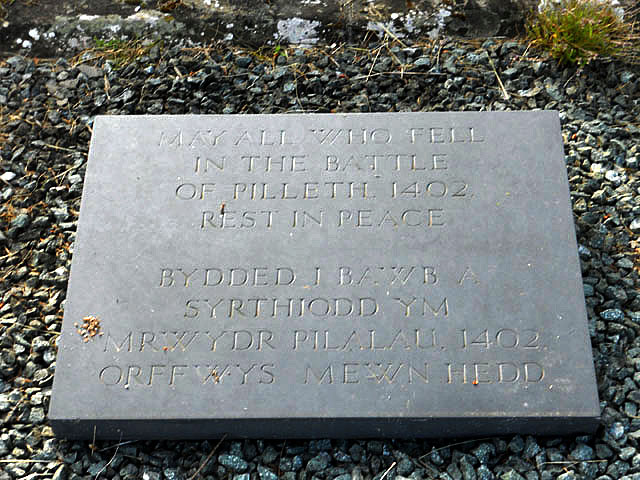
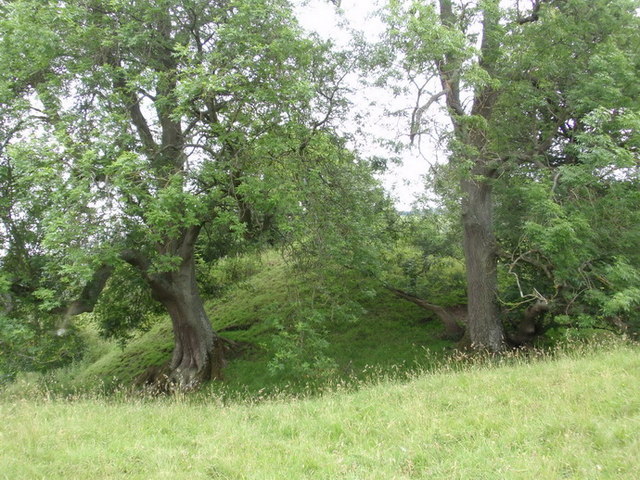
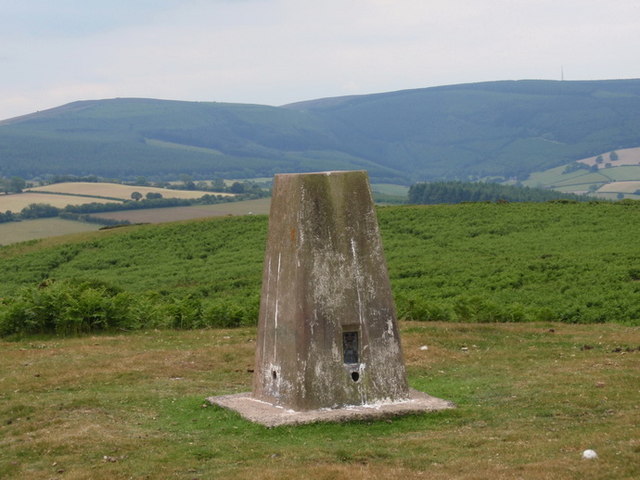
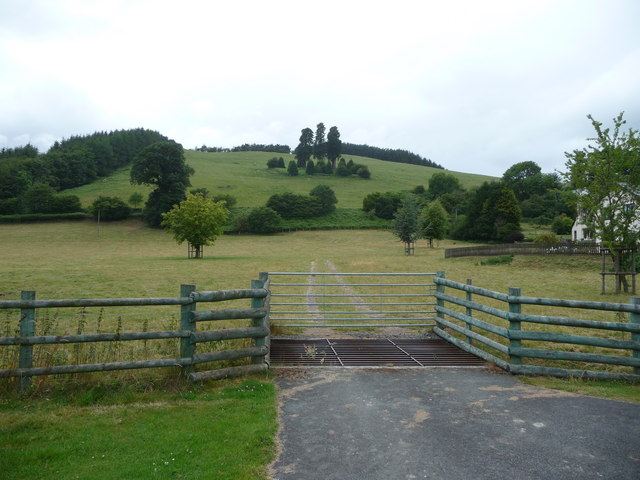
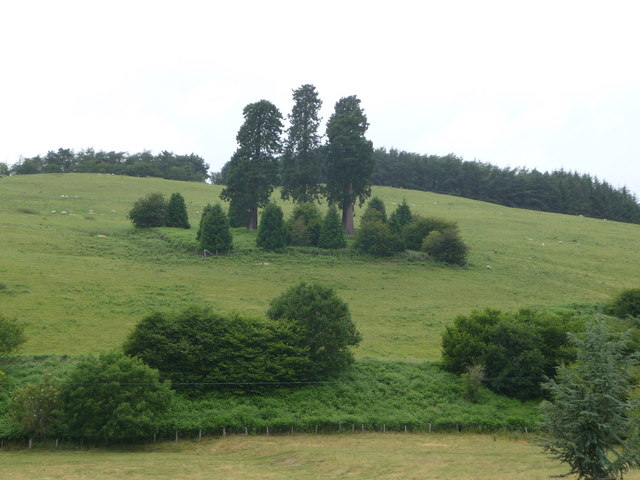
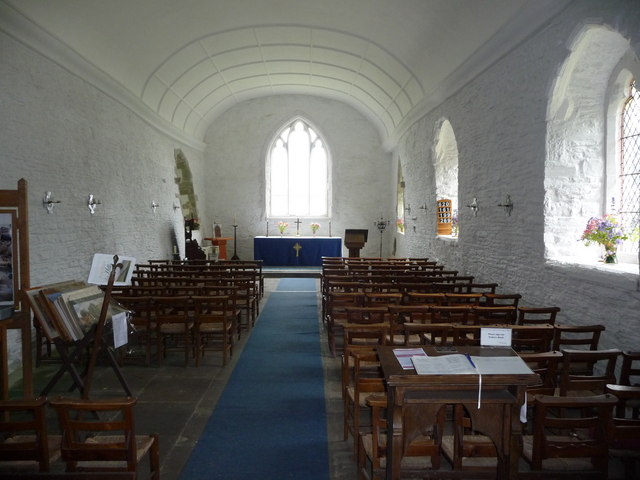
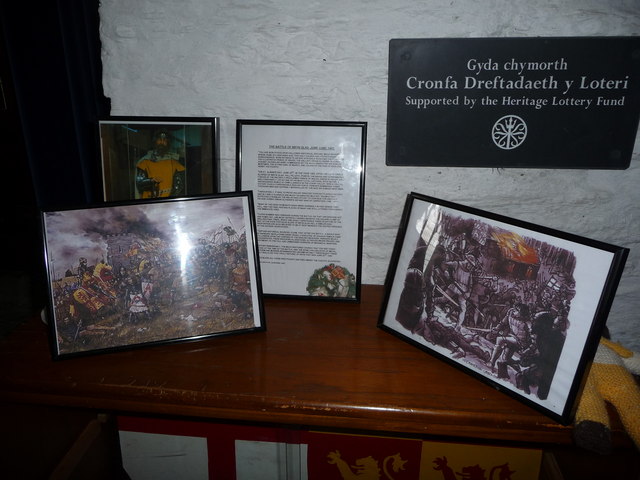
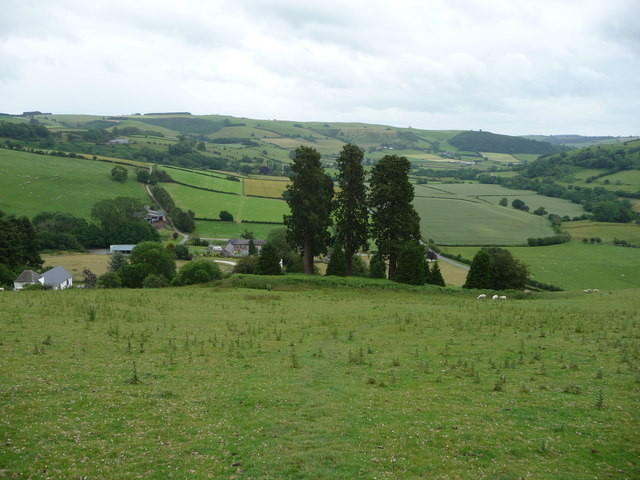
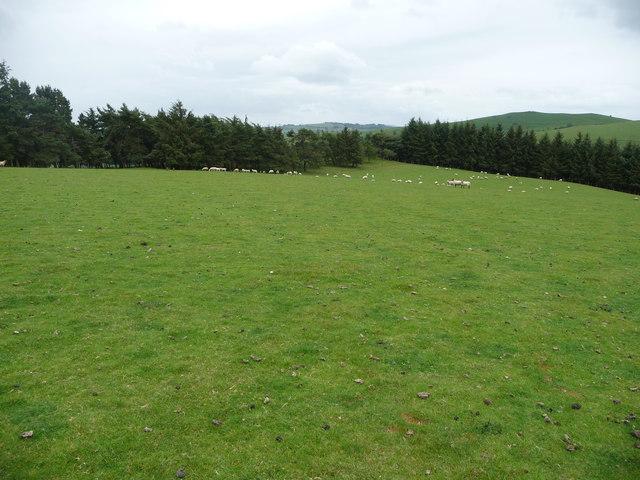
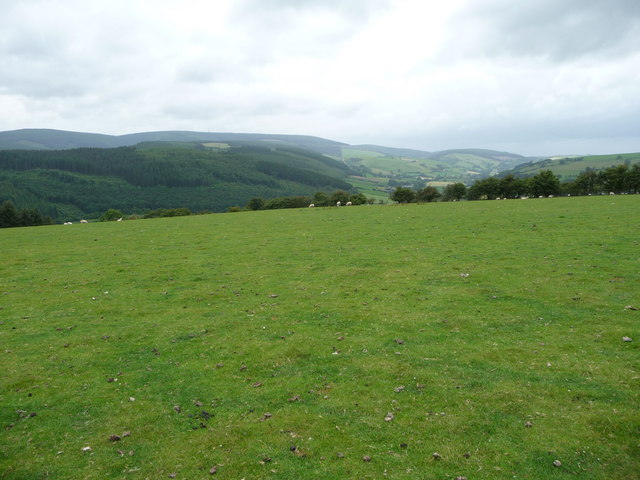
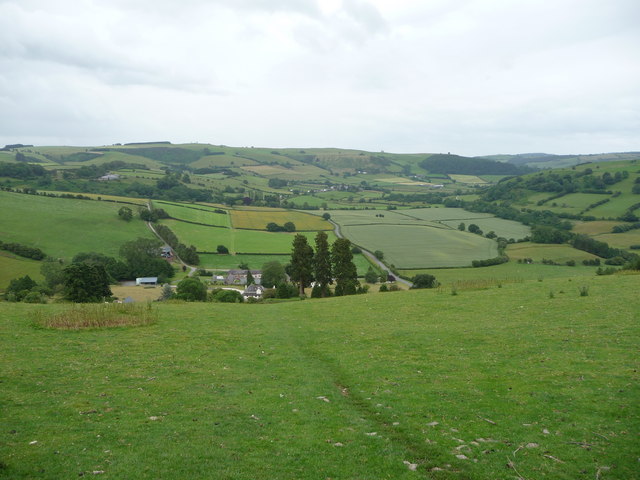
Forest View Wood is located at Grid Ref: SO2468 (Lat: 52.30581, Lng: -3.1053529)
Unitary Authority: Powys
Police Authority: Dyfed Powys
What 3 Words
///differ.credited.forgiven. Near Whitton, Powys
Nearby Locations
Related Wikis
Battle of Bryn Glas
The Battle of Bryn Glas (also known as the Battle of Pilleth) was a battle between the Welsh and English on 22 June 1402, near the towns of Knighton and...
Whitton, Powys
Whitton (Welsh: Llanddewi-yn-Hwytyn) is a village and a community in Radnorshire, Powys, Wales. It is located on the B4356 road 4 miles (6.4 km) south...
Pilleth
Pilleth is a small village south of Knighton in Powys, Wales in the traditional county of Radnorshire. It is the site of the ancient church and holy well...
Cascob
Cascob (Welsh: Casgob) is a small village in Powys. It is located in a valley five miles to the south-west of Knighton. The village is part of Whitton...
Nearby Amenities
Located within 500m of 52.30581,-3.1053529Have you been to Forest View Wood?
Leave your review of Forest View Wood below (or comments, questions and feedback).
